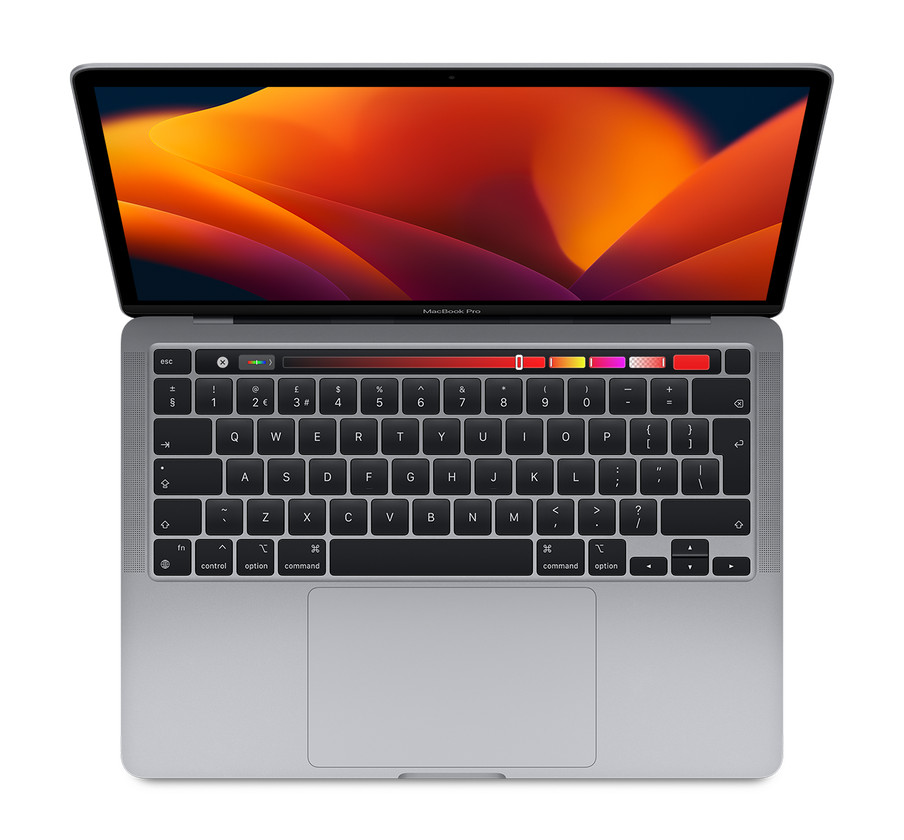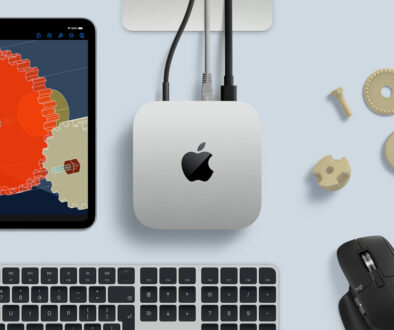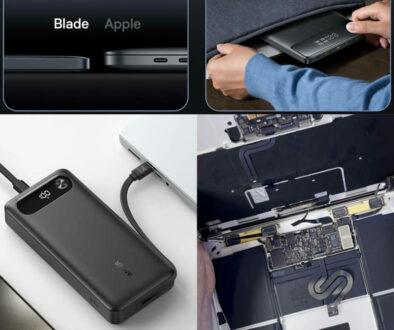Maximum displays supported by MacBook Air M2 and MacBook Pro 13 M2
Just like its predecessors, the MacBook Air M2 and MacBook Pro 13 M2 support only one external display via the Thunderbolt 3 port. This means a total of two displays, the built-in retina display and the connected external display. Let’s look at the maximum resolution and refresh rate supported by our favourite MacBooks.
There are ways to overcome this limitation but they involve software driver and hardware (docking station and cabling). We recommend an iPad Pro 12.9-inch that can double as an extra portable display when connected wirelessly to the MacBook Air or Pro 13. It works seamlessly as it is part of Apple’s ecosystem. More about this later.
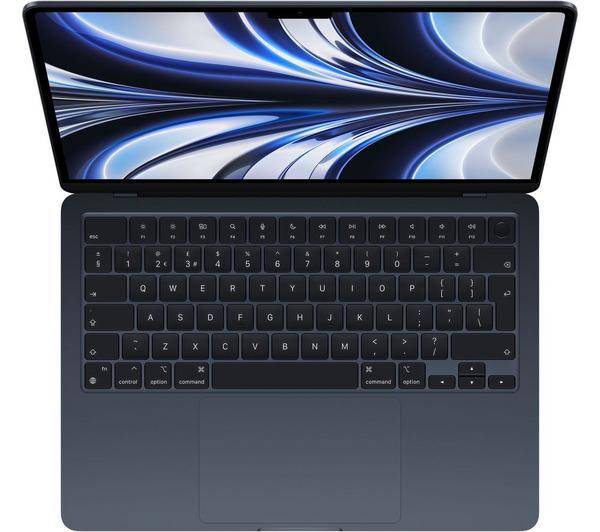
MacBook Air M2 (2022) Video Support
As mentioned earlier, the MacBook Air M2 and MacBook Pro 13 M2 support one external display on top of the built-in display making it a total or two displays. There are two versions of MacBook Air M2, a cut-down M2 chip with 8-core GPU and a standard M2 chip with 10-core GPU. Having the extra two cores makes no difference to the maximum number of external video displays supported.
MacBook Air M2 (2022) and MacBook Pro M2 (2022) supports one external display up to 6K resolution at 60Hz refresh rate. And, if you have en iPad Pro, use it to extend your display further using the Sidecar function.
As for the resolution and refresh rate, the one external monitor can have up to 6K resolution at 60Hz refresh rate. This is on top of the built-in notched 13.6-inch display at 2560 x 1664 resolution, also at 60Hz refresh rate.
There is a way to add a third display (or second external display). This is done with the help of an iPad Pro, 11-inch or 12.9-inch. With the Sidecar feature, an iPad Pro can be turned into an external monitor to extend the desktop of your MacBook Air M2 or MacBook Pro 13 for a total of 3 displays.
See table below, built-in and external display options for MacBook Air M2 (2022) for both 8-core and 10-core GPU models.
| MacBook Air M2 (2022) | MacBook Air M2 (2022) | |
| GPU Cores | 8-core | 10-core |
| Display 1 | Built-in display: 13.6″ 2560 x 1664, 224ppi | Built-in display: 13.6″ 2560 x 1664, 224ppi |
| Display 2 | 1 x 6K 60Hz via Thunderbolt 3 | 1 x 6K 60Hz via Thunderbolt 3 |
| Display 3 | 1 x Sidecar via iPad Pro | 1 x Sidecar via iPad Pro |
| Total Display (ex.Sidecar) | 2 (1 int, 1 ext) | 2 (1 int, 1 ext) |
| Total (incl. Sidecar) | 3 (1 int, 1 ext, 1 sidecar) | 3 (1 int, 1 ext, 1 sidecar) |
| Video Outputs | 2 x Thunderbolt 3 digital video output (DisplayPort over USB-C) | 2 x Thunderbolt 3 digital video output (DisplayPort over USB-C) |
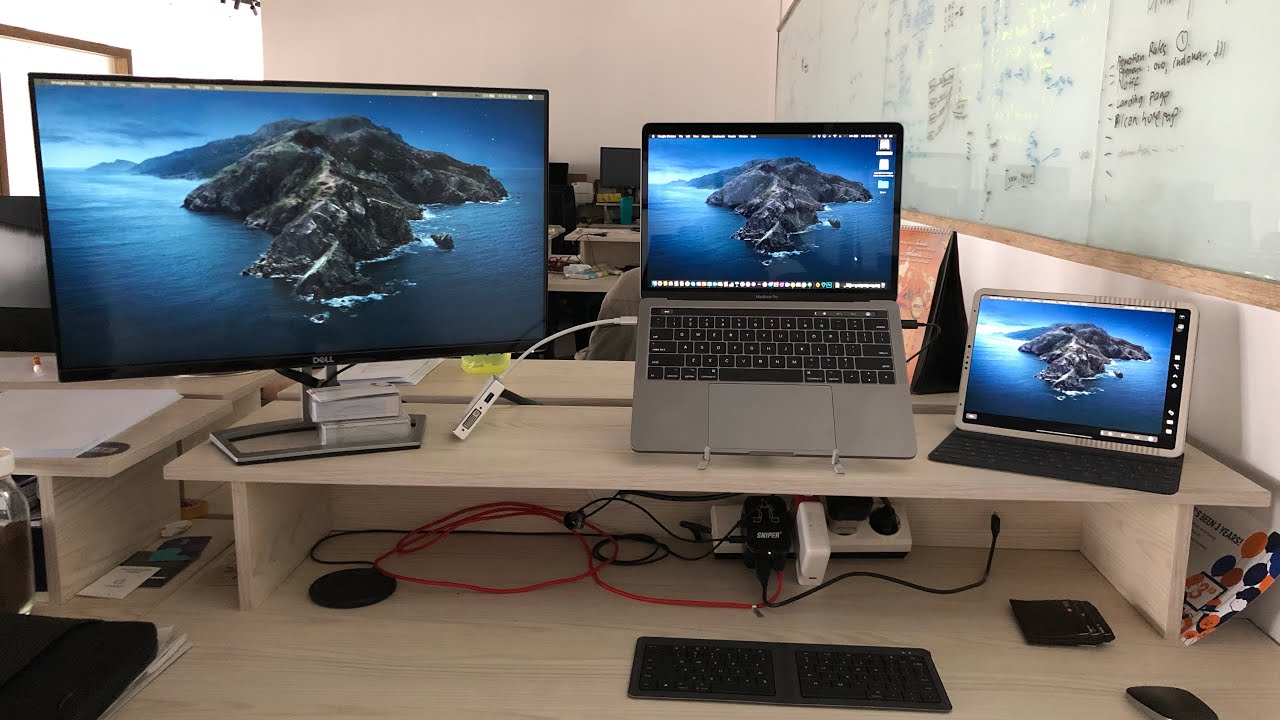
MacBook Pro 13 M2 (2022) Video Support
Next, we have the MacBook Pro 13 (2022) with M2 chip. This is again no different to the MacBook Air M2 above with support for a single external display with up to 6K resolution at 60Hz refresh rate on the Thunderbolt 3 DisplayPort. Remember, you can add a second external display in the form of an iPad Pro using the Sidecar feature giving you a total of 3 displays to include the built-in 13.3-inch Retina display on the laptop.
See table below, built-in and external display options for MacBook Pro 13 M2 (2022).
| MacBook Pro 13 M2 (2022) | |
| GPU Cores | 10-core |
| Display 1 | Built-in 13.3″ 2560 x 1600, 227ppi |
| Display 2 | 1 x 6K 60Hz via Thunderbolt 3 |
| Display 3 | 1 x Sidecar via iPad Pro |
| Total Display (ex.Sidecar) | 2 (1 int, 1 ext) |
| Total (incl. Sidecar) | 3 (1 int, 1 ext, 1 sidecar) |
| Video Outputs | 2 x Thunderbolt 3 digital video output (DisplayPort over USB-C) |
